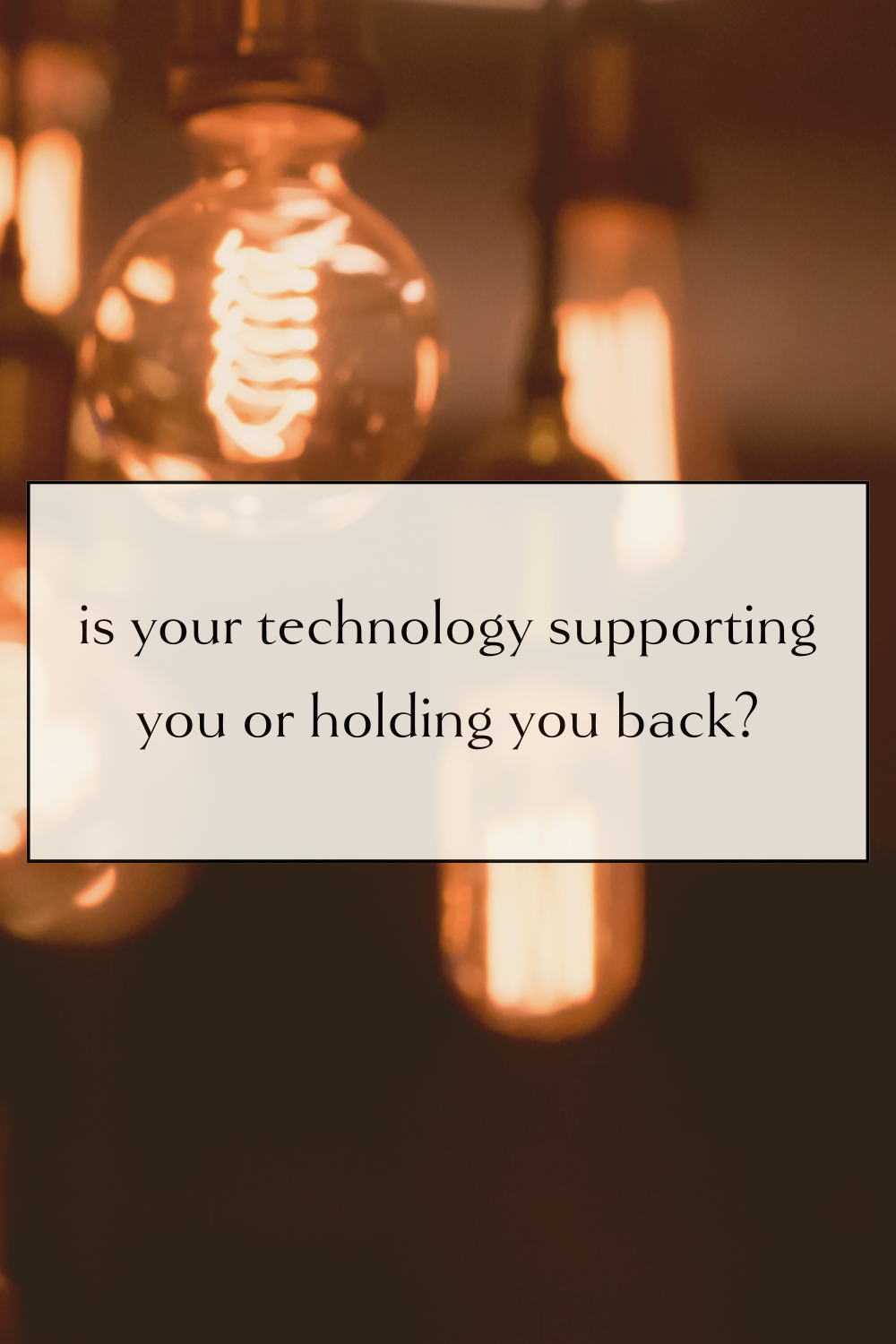Pros and Cons of a Single Page Website
With the global pandemic we started to see web design trends shift. People needed new websites and they needed them fast. With that came the return of the one page website. So today I’m going to break down the pros and cons of a one page website.
PROS
Simple: users don't need to guess where to go next
When the only option is to click or scroll, you take away the element of choice which is often overwhelming. Choice sounds like a great idea in theory, but there’s a reason that trader joes is so successful (hint: it’s because they take away choice). When you are trying to get someone to click on a link and nothing else, it often makes it much easier for them to take the suggested action.All inclusive: gives visitors exactly what they need
This is especially true if you’re using a one page site as a landing page to sell one thing. You are delivering the one and only thing that you offer and the one and only thing that they’ve come to you to buy. There’s no confusion on whether they’re in the right place or not, it’s this or nothing.Straight to the point: it's more directive
A one page website eliminates overwhelm and creates a clear journey to take. When I start building a new site one of the things that I map out is the journey that a visitor will take on a website. With a one page site you don’t need to worry about that at all.
CONS
Busy: if you have lots of content on one page, it can overwhelm people
Depending on how much you’re trying to cram into one page on a website, this can be overwhelming. Either your site will become overcrowded and busy or it will be ridiculously long. Neither of these is effective.Direction: if you are trying to direct people from specific sources to certain areas, this can make it more difficult
People may come to a website from a variety of different backlinks. If you have multiple offers or if you share different things in those backlinks this can be confusing. For example, if I wrote a guest blog and told people to head to my website to grab a copy of a free guide but the free guide was halfway down the page, it’s not super clear that they’re in the right place or that I even offer the free guide. This may result in them giving up and leaving my page altogether.Multiple offers: if you have multiple programs or offers, you may not want to present them all at once
I’ve seen coaches who have multiple tiers or levels of their offerings. Or sometimes you don’t want someone to see everything all in one place so that you can help to connect them with what they need. Regardless, with a one page site all the offers can be overwhelming.SEO: bounce rate increases
When it comes to SEO you want people to stay on your site and click on different links. There’s something called bounce rate which means that someone clicks on your link from the search engine results page (SERP) and then returns to the SERP. When this happens the search engine dings you for it. You want your website to be extremely engaging and captivating, encouraging people to stay and explore different pages and links. With a one page site you give up this ability and give in to a high bounce rate.
Final thoughts
A one page site is a great option if you only have one offer or if you’re DIYing your site because you don’t have to think about things like visitor journey and accessibility. However, if you have complex offers, multiple offers, or lots of backlinks, a one page website is definitely not for you. As a general rule, if you’re just starting out your business or you’re trying to sell one thing, go ahead and DIY your one pager. However, if you’re looking to scale your business, grow your offers, and improve your SEO, hire a pro and go for a multiple page site. After all, more pages help increase your SEO.
















Sometimes I feel really out of alignment with my business… So here are the six things that I do to help feel less resentful of my work.